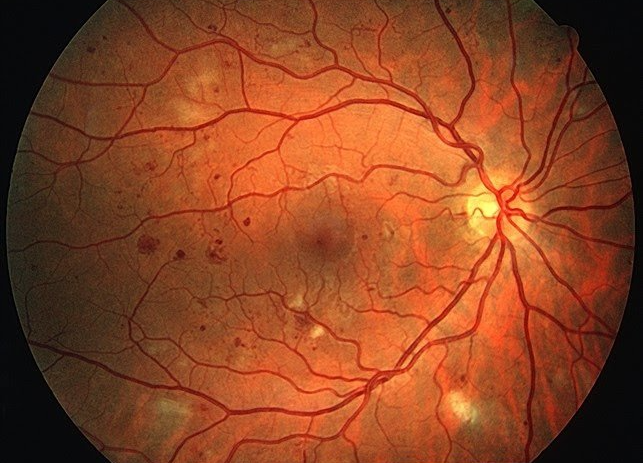Diabetic Retinopathy
What is Diabetic Retinopathy?
Diabetic retinopathy is a disorder that harms the blood vessels within the retina. Affecting patients between the ages of 18 – 65 with Type 1 or Type 2 diabetes, diabetic retinopathy is the leading cause of vision impairment and blindness. Uncontrollable sugar levels can make the retinal blood vessels swell, leak, or become blocked, which can lead to permanent damage and in some cases, blindness. This serious disease may become worse over time and in the earlier stages, symptoms are not always detectable.
If you have Type 1 or Type 2 diabetes, it’s extremely important to attend yearly eye exams so our team of skilled, ophthalmologists at Visionary Eye Surgeons can check your ocular health and determine if you have diabetic retinopathy. If you have diabetes, especially if you find it difficult to control your sugar levels, we highly recommend scheduling an appointment so that we can collaborate with our endocrinology colleages.
Get in touch
Diabetic Retinopathy Form
Treatment Options
Our ophthalmologists at Visionary Eye Surgeons are excited to provide a variety of innovative treatments for diabetic retinopathy, which we can tailor based on the severity of your disease. For patients with a more severe cases, patients may need anti-VEGF (vascular endothelial growth factor), which stops the growth of irregular blood vessels and can reduce DME.
Early detection and the management of diabetes are essential to preventing harmful symptoms and restoring your eye health. However, if not treated, the negative side effects may become permanent, including vision loss. To reduce or stop the progression of diabetic retinopathy, it’s imperative to regulate your sugar and attend yearly eye exams.
